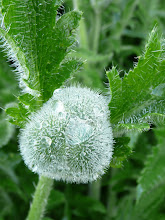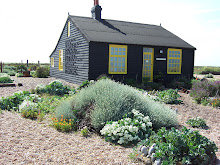
WISHING YOU A HAPPY NEW YEAR
Let's hope 2008 is a great gardening year for us all, I know it is going to be busy!
Spot that cracked flowerpot. I have got many of these around the garden at the moment, I can see some repotting coming on in January!
















Rosemary Hair Rinse - Infuse a few stalks of Rosemary in hot water for several minutes, strain the liquid and allow to cool and bottle, this can be used as a final hair rinse, but always remember to keep it handy in the bathroom! This rinse will bring out the shine in dark hair, for fair hair replace the Rosemary with Chamomile flowers.








CATS & BIRDS
Oh dear, today I witnessed one of the neighbourhood cats just having caught a bird in my garden, I know it is all part of nature’s cycle but I still get upset when I see it happening. The dilemma of mine is I like cats and I like birds, so I don’t chase the cats out of the garden and I encourage more birds into the garden. I do my best to site all my bird feeders so as not to make it too easy for the cats to pounce but they will still manage to spring upon unsuspecting birds on the ground.
I always worry when the fledgling birds are on the ground in the Spring, they are so vulnerable and they really can be sitting targets for a passing cat, but this year I was fortunate and didn’t notice any dead birds around the garden or in a moggies mouth.
Not being a cat owner, do cats actually eat their catch or do they just enjoy toying with it?




Download Mini Oddie for your desktop http://www.bbc.co.uk/nature/animals/springwatch/minioddie/




























































|
I am a |




















